Sometimes, improving the patient experience is free. And you have time to do it. There, I said it. Someone had to…
Many of you that I have met during my time with DTA Healthcare Solutions already know this, but my husband and I are expecting our first baby in just four short weeks. Those of you who have been in this position before know that it’s a time filled with a lot of anxiety, excitement, preparations, and doctor’s appointments.
Throughout all of these appointments, I do my best to take off my “patient experience hat” and absorb the appointments like a patient, not an observer. However, during a series of my early appointments, I noticed something glaring and realized the impact it was having on my personal patient experience. As I waited in the waiting room before my appointments (I’m perpetually early, and my practice is always on time, so I wait a few minutes), I could hear the first name, last name, birthday, and primary concern of every person that called the practice with a question or to make an appointment! I knew more about these “strangers” than I wanted anyone in a waiting room to know about me.
I made up my mind about two things in that moment: First, I wasn’t calling that place with any questions—no way—I didn’t want my business blasted all over the waiting room! Secondly, it was OK to leave on my “patient experience hat” for this one and let someone know.
If I didn’t approach it in the right way, it could be met with (figurative) eyerolls and nothing would change. So, I casually mentioned to my provider, “I’m not sure if you know this, but there is a big privacy concern happening in your reception desk.” I explained what happened each time I waited and made a few small suggestions like: try keeping the glass windows closed and open them only to interact with people in the waiting room, consider one of those noise cancelling sound machines, or even turn up the volume on the TV in the waiting room. My practitioner sounded grateful for my insights and it could have ended there.
The good news is…it didn’t end there! The next time I went for my appointment (and the subsequent times), I noticed a few things: the glass was closed, the TV sound was up, and the person who answers most of the phone calls was moved to a more discrete area where her voice didn’t carry quite as much.
All of these things confirmed for me that I made the right choice in speaking up, and I felt more comfortable if I ever needed to call the office (which I’m sure I will do once this little guy decides to make his appearance). Overall, I now feel much more comfortable in the waiting room.
I realized that these privacy concerns were a dark cloud hanging over what could have been a great patient experience. My amazing care providers who introduced themselves, listened, asked permission, explained things clearly for a first-timer, always thanked me and so much more, were being overshadowed by my concerns observed in the waiting room.
The reality is that these changes were free – they cost the practice nothing to implement. Yet they had a big payout in terms of my experience and loyalty to my practice. Many times, organizations think that to make great strides in improvement, it requires a multitude of complex resources and financial investment in people or things. This situation illustrated how affordable Patient Experience improvement can be!
